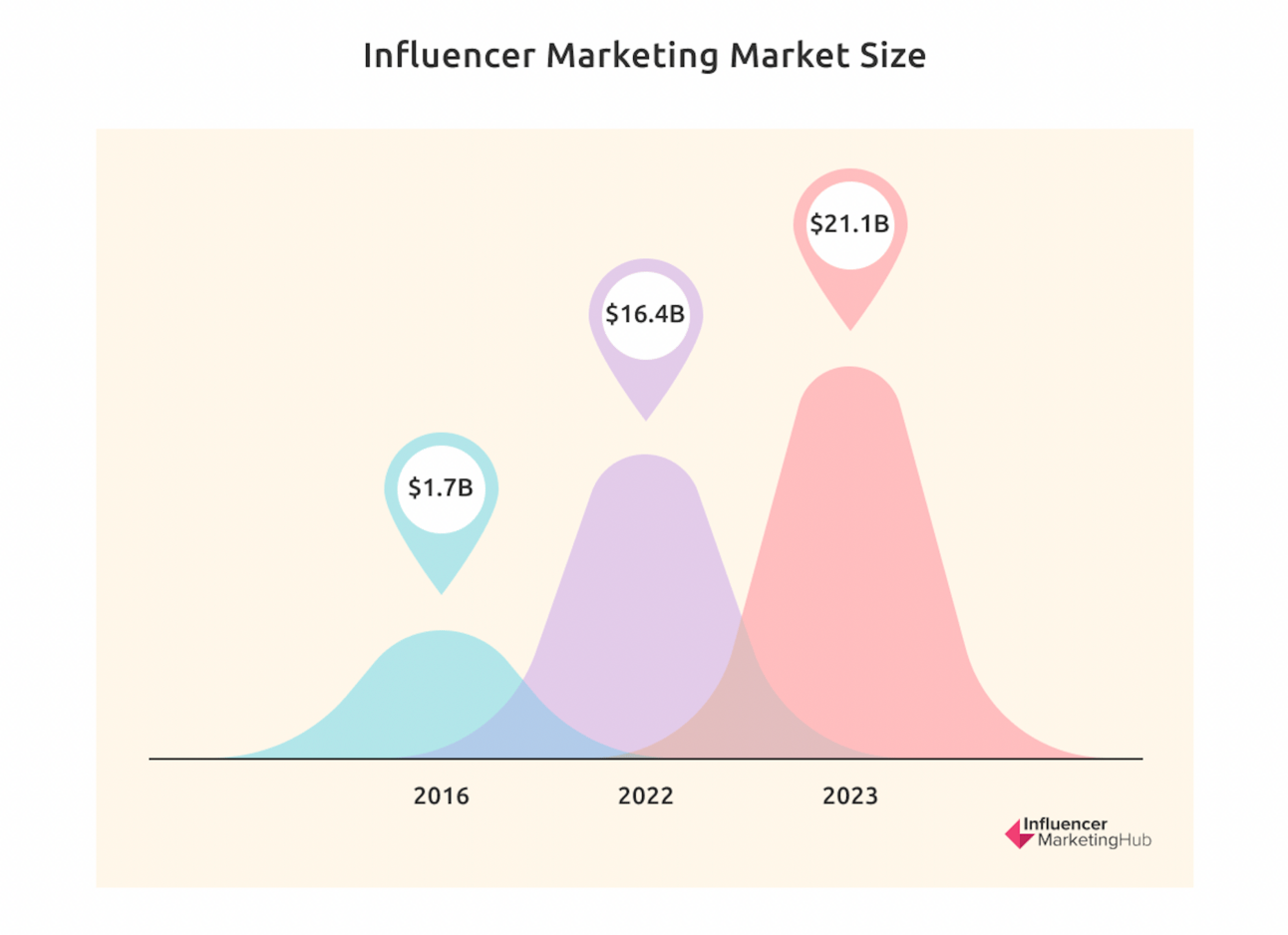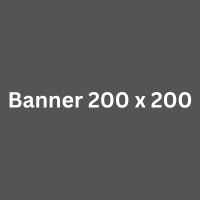Welcome to the Level Ups. Modern business news for every day (in plain-Jane English).
Today, we cover:
Restaurants, cafes, and entire cities are banning influencers.
Context on influencer marketing.
The details on why and if it’s a good idea (it’s not).
What it means for the rest of us and the next trend.
Let’s get into it.
Estimated reading time: 3 minutes & 30 seconds.
Influencers get the (ban) hammer.

Credit: Vicky Leta / Mashable
In a surprising turn of events, restaurants and cafes are actually banning influencers.
Don’t these influencers bring in customers when their videos go viral on social platforms like TikTok and Instagram?
A lot of the data (see below) suggests they absolutely do. From a business standpoint, influencers are great.
So then, why the ban?
Before we start complaining about how it’s annoying to see people spending hours taking pictures of the food, there’s more to the story.
Influencer marketing works.
It works very well. Harvard Business Review did a study on this, and the numbers are clear.

In 2022, influencer marketing reached $16.4B (with a B).
It’s set to grow to $21.1B in 2023 (~30% growth).
In 2016, this market was valued at “just” $1.6B.
On average, brands can see as much as $5.2 returned for every $1 spent.
These are big numbers. It works and is growing rapidly.
There is no way companies like Coca-Cola, Dior, and almost every major brand would set aside huge budgets for this if it did not work.
Naturally, some people have made being a food influencer their career.
Have people just had enough?
If we know it works, why ban influencers?
Sure, most influencers aren’t worth any real money. Many “fake” their influence by buying followers (don’t do it) and living a pretend lifestyle.
And even when they are the real deal, it can still go wrong (see Kendall Jenner handing a cop a Pepsi can when Black Lives Matter was in the media) in an advertisement that went wrong.
Here’s what Martin Luther King’s daughter had to say about it:
Another example:
So yes, in some cases, influencer marketing can backfire, but that’s more on the company, not necessarily the influencer.
There’s something bigger at work. It’s the idea that people are tired of the entire culture around influencers (Pepsi issue aside).
To put it in perspective, one establishment took it a step further.
Rather than saying he’s “anti-influencer” and banning influencers from his ice-cream truck CVT Soft Serve, Joe Nicchi started charging influencers double.
He was frustrated with requests for free ice cream in exchange for a post. Many cases of extremely rude practices when asking for these meals exist.
And in the most amazing irony, he went viral for it.
But he’s not the only one saying no to millions of influencers.
The list goes on.
Are they a menace, or is banning them too much?
In 90% of cases, it’s too much.
We’ve seen foodies take pictures of their food and post it online for over ten years. It’s annoying, but it’s also become part of life (as weird as that is to say).
Now, of course, if they’re rude, then of course there’s no place for that.
There’s also the case if it’s a small town.
The whole point of choosing to live in a small town is that it’s isolated and there’s a tight-knit community. Influencers disrupting that, as it did with that town in Vermont, defeats the purpose.
Restaurants that go viral from TikTok or Instagram don’t always stay busy. It’s more like the post goes viral, it’s busy for a month and then goes back to normal.
Overall it’s net-positive. I don’t know if it’s something to complain about, provided the restaurant doesn’t get overwhelmed. Still, it is a good problem to have, in my opinion.
What it means for the rest of us.
Even with all the talk of restaurants banning influencers, they’re not going anywhere.
I know what you’re thinking. Is it worth becoming a food influencer? The free meals would be nice, and it doesn’t seem that hard, does it?
Of the millions of influencers out there, it looks like most aren’t worth much, but the idea of being an influence is still very popular (especially among young people).
A recent survey in the US found that 54% of 13 - 18-year-olds aspire to become influencers. Another found that 1/4 of Gen Z (11 - 26-year-olds) want to do the same.
We’re always in favour of finding ways to increase income (provided you’re not hurting anyone), so if you’re considering it, do it right. Be professional, and do more than shoot and post a fast video. Take care and pride in your work (and yes, this counts as work).
What to watch for.
“De-influencing” is a trend that started earlier this year and is due for a comeback.
We know the economy is not doing so well. That much is clear. But influencer marketing has always been about using popularity to push us to buy products.
De-influencing is the opposite. Influencers now show us what not to buy, how to save our money, and which overpriced products are trash. It’s not all negative, it’s about finding a good buy, not purchasing whatever the highest bidder pushed on that influencer.
Amazing (de-influencing) and something we all need more of when times are tough. For example, this Calgary-based TikToker shared overpriced makeup to avoid and went viral.
Watch for this trend between now and 2024 because these are the influencers you’ll hear about (along with the ones sharing new restaurants, those aren’t going anywhere).
Thanks for reading!

